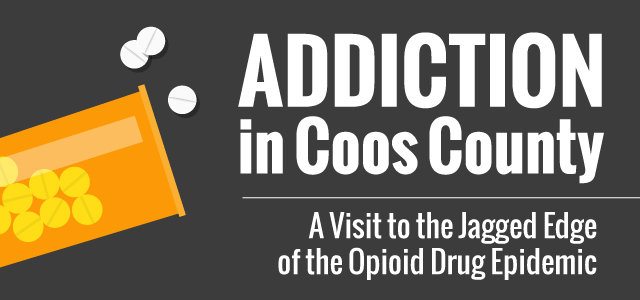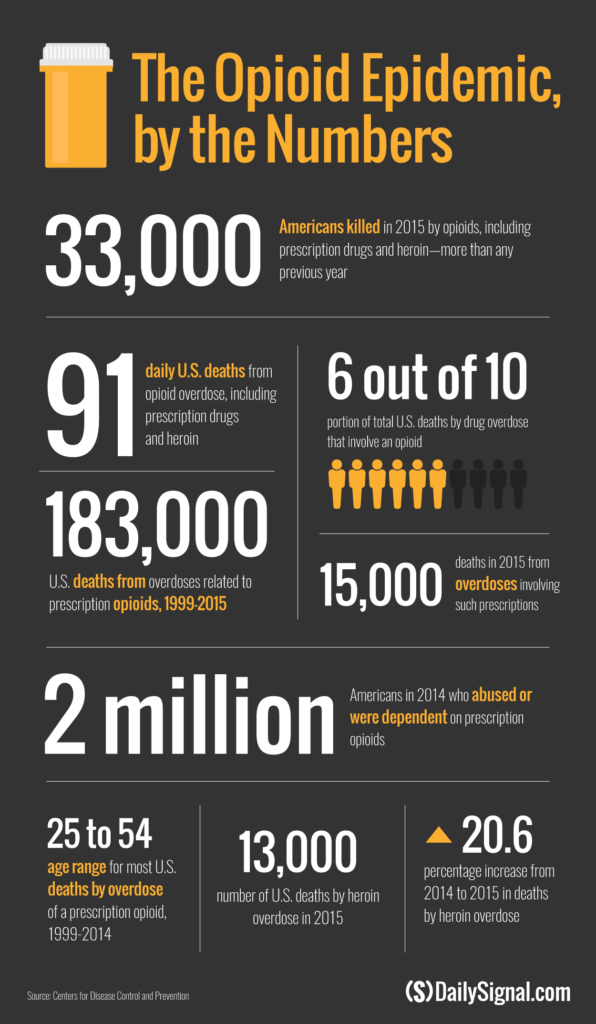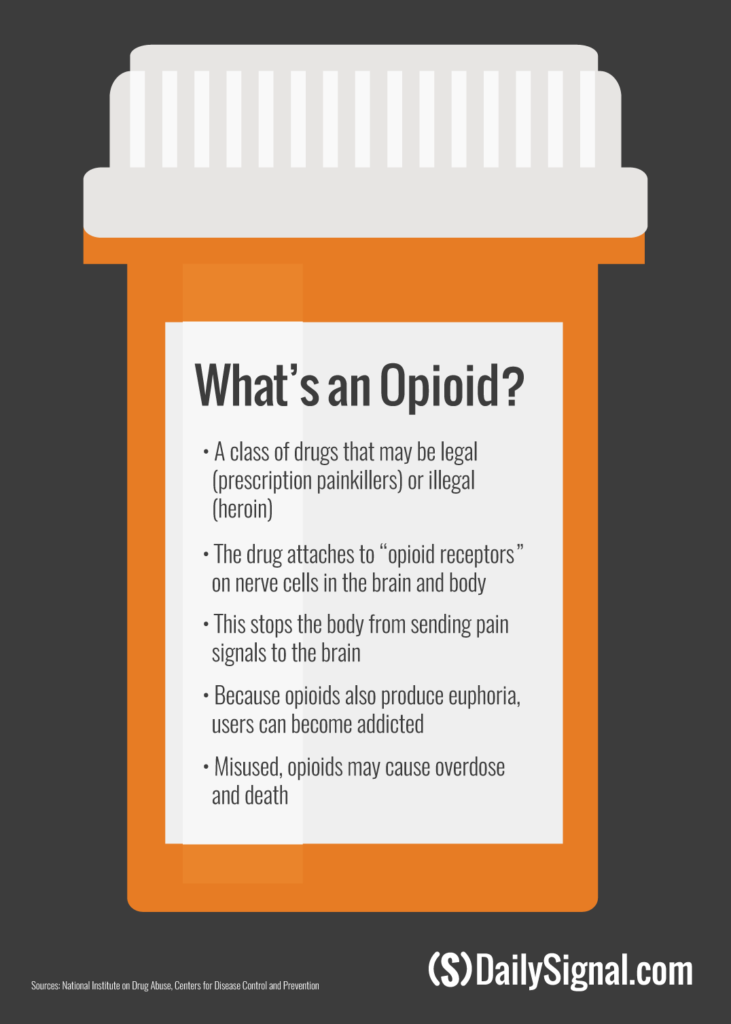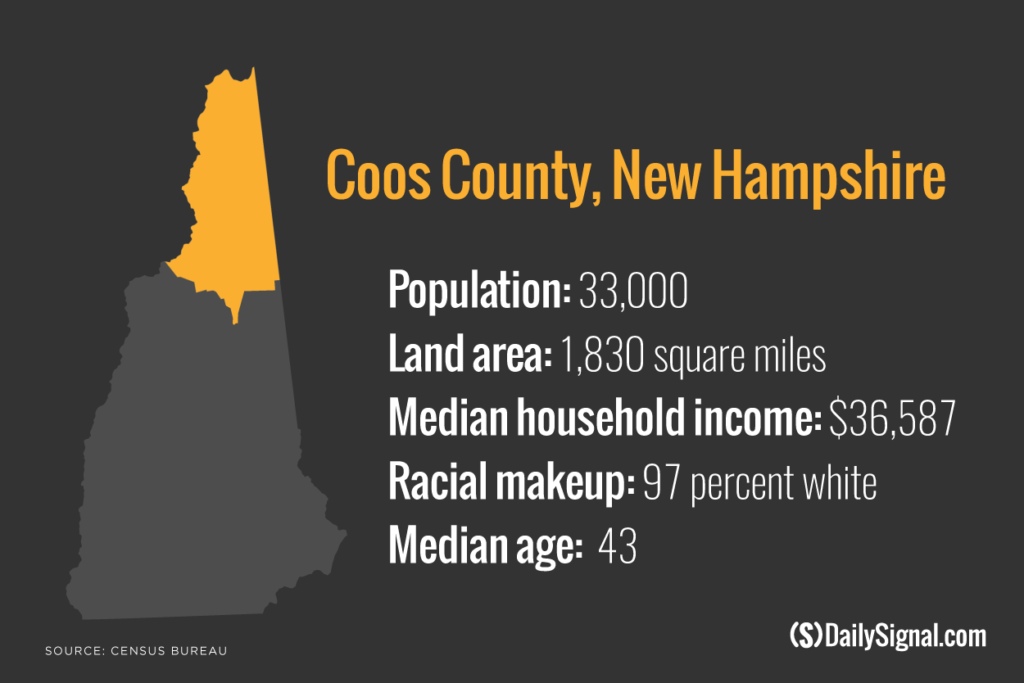COLEBROOK, N.H.—Sally Zankowski is who comes when it’s too late. She’s there to define, investigate—and make sense of—another sudden death owed to opioid overdose in New Hampshire’s poorest and most remote county.
Zankowski, 55, is the medical examiner for Coos County, which has the highest combined death rate due to drugs, alcohol, or suicide in all of New England.
Of the death she encounters in the vast, sparsely populated region she covers, the cause is usually easy to determine.
Part 5 of 5: The First Responders Who Witness a Dreadful Toll
An elderly person has died from natural causes, while asleep in bed. A sick, deteriorating person has lost his battle with cancer, a day that both he and his family knew was coming. Autopsies are unnecessary.
“More often than not, we can say these are expected deaths,” Zankowski tells The Daily Signal. “You write a one-page paper, follow up with funeral home, hospital, and family. You sign a death certificate, and off we go.”
“What gets a medical examiner really involved is an accidental or unexpected death,” adds Zankowski, who is officially known as the assistant deputy medical examiner for Coos County and parts of neighboring Grafton County.
Lately, Zankowski has been investing herself in these kind of deaths—out-of-the-blue, hard-to-figure overdoses related to opioids, whether prescribed painkillers, heroin, fentanyl, or a mixture of some or all.
Indiscriminate and persistent, these deaths puzzle, frustrate, sadden, anger, and overwhelm.
“One of the things we have heard over the years is the epidemic with opioid drugs crosses all boundaries—socioeconomic, age, sex, race, it doesn’t matter—and that has been slammed in my face,” Zankowski says. “I can’t figure it out.”
‘End of the World’
As Coos County, like America, grapples with an epidemic of opioid addiction and seeks solutions to slow its fury, Zankowski drives for answers in preventing the ultimate consequence of this drug crisis: death.
For suspected fatal overdoses, Zankowski, a longtime Coos County resident in her fifth year as medical examiner here, must decide if an autopsy should be done to determine for certain a death’s cause and manner.
She makes this decision in conjunction with physicians from the state’s Office of the Chief Medical Examiner and Coos County Attorney John McCormick. Next of kin may request an autopsy, but officials may authorize the procedure without the family’s permission.
Autopsies, conducted by specialized doctors known as pathologists, are surgical procedures that consist of making external examinations, removing and dissecting organs, and collecting samples for tests.
The National Association of Medical Examiners recommends autopsies for all overdoses.
Zankowski says that in Coos County, most suspected drug-related deaths result in autopsies because the cases could involve criminal activity and the results are helpful for prosecution.
The autopsies usually confirm what Zankowski’s trained eyes can see.
In the 10 years prior to her becoming medical examiner, Zankowski was an emergency room nurse at Upper Connecticut Valley Hospital in Colebrook, a town of 2,300 in Coos County.
On any given day, she says, at least some of the hospital’s 10 or fewer beds were occupied by drug users.
New Hampshire’s medical examiners don’t have to be physicians. So Zankowski thought her familiarity with drug-related trauma in the emergency room—which didn’t always lead to death—prepared her well for the real thing:
My entire life, I remember statistics and people related to drug addiction because the population here is so small. Up here, you are at the end of the world. When they die, I rarely encounter someone who I at least don’t recognize by family name. Yet still, I am surprised time after time—for the young, middle-aged, whatever—that drugs are involved with the death.
‘Prepare for What I Will See’
For Zankowski, surprise really means “it’s hard to believe this keeps happening.”
Because the drug-related scenes are beginning to look similar, with the same unsatisfying ending.
Zankowski’s job starts when she gets a call from the police—local or state, and many towns in Coos don’t have police departments—who alert her to a death.
Sometimes Zankowski is far away from the scene. It can take her an hour and a half to drive through her coverage area.
Coos is the largest county in New Hampshire by land area, 1,830 square miles—containing numerous tiny towns spread far apart—and the smallest by population. Its 33,000 residents represent less than 3 percent of the state.
Typically, Zankowski arrives at a house. She will make her way to a bedroom, often upstairs. The furnishings are sparse. Sometimes the bed is a mattress on the floor.
“These are people who have often lost everything they have,” Zankowski says. “It’s not like a nice bedroom.”
In “numerous cases,” she says, a child of the dead person finds the body.
When she encounters the body for herself, on the bed or on the floor, Zankowski first looks for signs of drug use: lighters, spoons, straws, powder, pill bottles, syringes, alcohol, or needles—sometimes still stuck in the arm.
“Inherently, we all stereotype to some degree, and I hate to, but the more that I can paint a typical picture and put it into a category, the better I prepare myself for what I will see,” Zankowski says.
‘Closure From Me’
Zankowski also reaches to learn more than the visible characteristics and facts of the case.
She wants to know the context, an exercise that she hopes brings understanding, and potentially closure, to both herself and the surviving family.
Zankowski interviews family members and invests in their lives by connecting them with churches or health clinics that can help with recovery from loss.
“It’s so shocking, because you talk to the family, who are not being mistrustful to me,” Zankowski says. “They are passing on what they know to the best of their knowledge. They say, I know he’s been straight, he wants to get better. I read his diary. He’s gaining weight. He’s eating. I know he’s healthy—I see his eyes. And then they fall off the wagon. It’s very upsetting.”
This series:
Part 1: The Crisis That May Have Swung Voters From Obama to Trump
Part 2: One Opioid Addict Helps Another Choose Life Over Death
Part 3: ‘Dr. Father Pill’ Wants to Be Part of the Solution
Part 4: Police Assault on Opioids Gets Boost From a Family Doctor
Part 5: The First Responders Who Witness a Dreadful Toll
Some families don’t want to talk with Zankowski. To make herself relatable, she dresses normally, without a uniform. She’s not numb to death. She may lose her composure and cry:
If you act like a human being, and show those emotions, you are well received. I have never felt that I was a disadvantage to the situation. I would think I would be perceived as—I don’t want to say the bad guy—but for the medical examiner to be involved, this is a very dark scenario. I am amazed families are able to take some good from it, and maybe they get closure from me.
‘The Last Stop’
Michael Pearson responds to death in a different way. As the managing director of Jenkins & Newman Funeral Home in Colebrook, death is his business.
“In this business, we are the last stop,” Pearson says. “We are what happens when the system fails.”
Pearson, 49, whose tall stature and serious demeanor befit his heavy job, arrives at scenes of all deaths to collect the body and prepare it for burial or cremation.
“There are decisions to be made: How are people to be disposed of, are they gonna be buried, are they gonna be cremated, who’s gonna pay the bill,” Pearson says. “I have to deal with who is left behind, even while I am getting the body.”
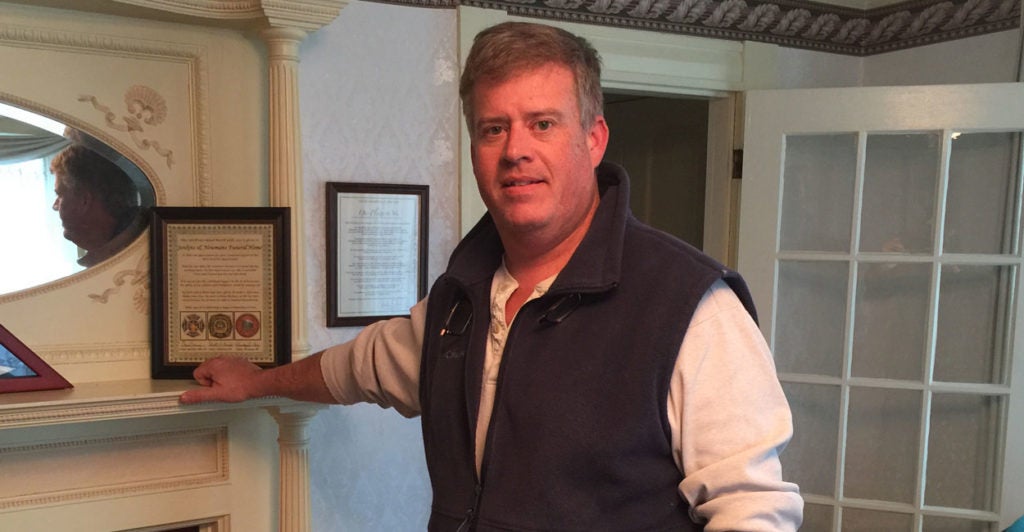
Michael Pearson, managing director of Jenkins & Newman Funeral Home in Colebrook, arrives at scenes of death to collect the body and prepare it for burial or cremation. (Photo: Josh Siegel/The Daily Signal)
Like Zankowski, Pearson is struck by the familiarity of death by opioid overdose.
“I know from the first call, usually, what I am going to,” Pearson says. “In most opioid overdoses, tests take several weeks to confirm the cause of death. But it’s fairly obvious what the cause was.”
Jenkins & Newman Funeral Home, which Pearson has run for 15 years, covers Colebrook and a few surrounding towns, with a total population of about 8,000.
Pearson lives where he works, off Colebrook’s Main Street, in a residential-looking building where the first floor is his office and the second his living quarters.
He was born in Coos County, and has raised a family here. He says he tries to insulate his own children—a son and daughter—from the opioid crisis. His 20-year-old son, the eldest, is in the Navy.
“I am not worried about him—he would not go anywhere near this stuff,” Pearson says.
Pearson empathizes with the dead. But because he interacts with survivors in a transactional manner, Pearson is especially attentive to the ripple effect of a life lost to drug addiction.
“We get to see the whole drag that this is on families, society, the area, the economy,” Pearson says. “Most of these people can’t pay my bill. So it’s a drag on my business.”
“It’s tragic,” Pearson adds:
I don’t understand addiction and stuff like that. If it is a disease and a sickness, we have to learn how to get a hold of it. These people don’t know what they are doing. They don’t know what they are doing to everyone they’ve left behind. It’s over for them. So they don’t care. But the rest of us are like, ‘I shouldn’t be here.’ It’s a bad problem. I don’t know how to solve the problem.
Related by Addiction
Down the road from Jenkins & Newman Funeral Home is a cash-only, family-run pizza restaurant, fittingly named Colebrook House of Pizza.
Inside, Bonnie Hammond, 56, a waitress who is a lifetime Coos County resident, is recalling—without being asked—her relation to the opioid addiction crisis.
Her stepson, Jason Wood, was addicted to drugs and alcohol. At 18, Wood enlisted in the Air Force to escape his addiction, which began a few years after his first sip of alcohol as a 12-year-old.
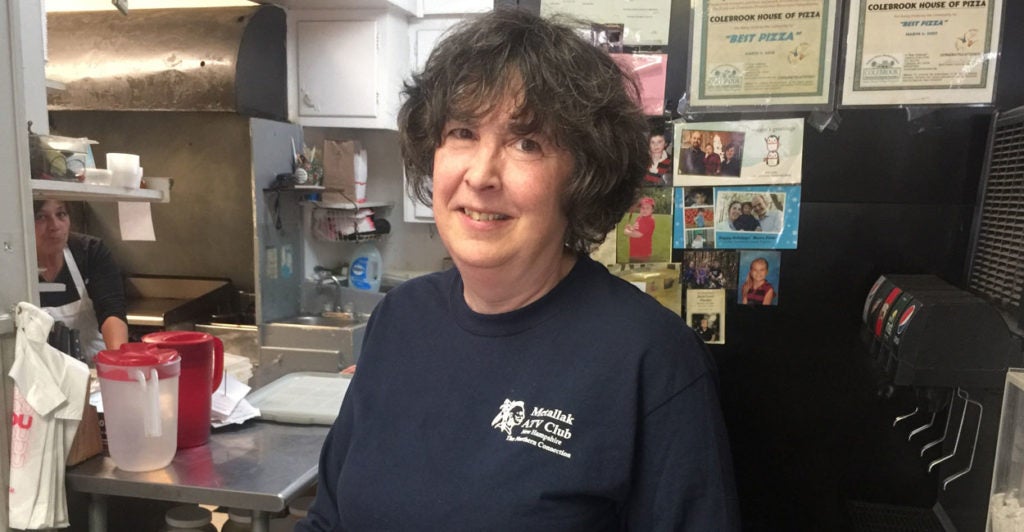
Bonnie Hammond, a waitress at Colebrook House of Pizza, lost a stepson who was addicted to drugs and alcohol. (Photo: Josh Siegel/The Daily Signal)
Stationed in Alaska as a munitions specialist, Wood came home worse. He took antidepressants and, eventually, opioid painkillers and became addicted to them. He left the Air Force with an honorable discharge, Hammond says.
Addiction was in Wood’s blood, Hammond says. His biological father, who Wood did not have a relationship with, died of a drug overdose two years ago, and his mother has battled substance abuse issues.
Hammond’s husband, Stanley, is not Wood’s biological father. But he was once married to Wood’s mother, and raised Wood since he was 1 years old. So Wood considered Stanley his father figure, and Hammond, his step mother.
Back in Colebrook after the military, Wood hit his low point. Someone had stolen money from Hammond, she wrote to friends on Facebook. Wood quickly wrote back, fessing up to being the culprit. Hammond filed a police report accusing him.
Hammond and Wood forgave each other, and he went to rehab. He moved in with Hammond and Stanley—who do not have biological children of their own—and away from his biological mother.
Wood settled into an upstairs bedroom in Hammond’s home and tried to take advantage of Coos County’s natural gifts, spending time outside fishing, snowboarding, and four-wheeling.
But his addiction hampered him, its symptoms easy to see and hard to overcome.
“He always sweated so bad because his organs were working so hard,” Hammond says. “He tried working and doing things outside, but he’d have to come home and change his clothes a couple times a day because he was so soaked.”
Hammond tried to help, but she felt caught between caring for her stepson and challenging him.
“You enable because it’s your kid,” Hammond says. “I knew my stepson was overly medicated. I knew it was dangerous. But he said he would die without the drugs.”
On a Monday morning, Nov. 19, 2012, Hammond entered Wood’s bedroom, to fetch Stanley’s truck keys. Her stepson had not been answering his cellphone.
Before she could locate the keys, Hammond found Wood slumped over, his body lodged in the foot of space between his bed and the wall behind it.
“I knew he was gone,” Hammond says of her stepson, who was 23. “Jason said he didn’t want to live that way anymore. He wanted to know what it was like to be normal, because it had been so long. Now he knows what it’s like to be normal. Now that he’s dead. Now that he’s up there in heaven, he must be normal and not heavily medicated.”
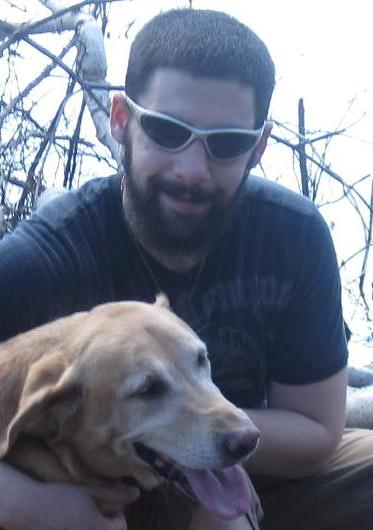
Jason Wood, an Air Force veteran, died at age 23 after battling addiction to drugs and alcohol. (Photo: Courtesy of Bonnie Hammond)
Pearson, the Colebrook funeral director who works down the street from the pizza shop where Hammond waits tables, recalls the scene similarly.
He responded to Wood’s death, published an obituary, and cremated the body.
The obituary says that Wood died “unexpectedly,” but the cause was clear.
“That’s coming back to me,” Pearson says, when reminded of Wood’s death. “I remember this kid. I’ve been to the pizza restaurant.”
Pearson recounts how removing Wood’s body was difficult: It was sweaty as he put it into a body bag. He had to carry the body down steep stairs to get back outside.
Hammond lived—and Wood died—about 100 yards from the local hospital where Zankowski, the medical examiner, used to work.
Coos County’s opioid drug epidemic had come full circle.
It was too late.
“The kid’s parents were very devastated by the whole thing,” Pearson says. “They thought he was getting better. He relapsed. He was in his early 20s, and he is gone forever. He was addicted to drugs, and it killed him.”
Start at Part 1: The crisis that may have swung Coos County voters from Obama to Trump.





























